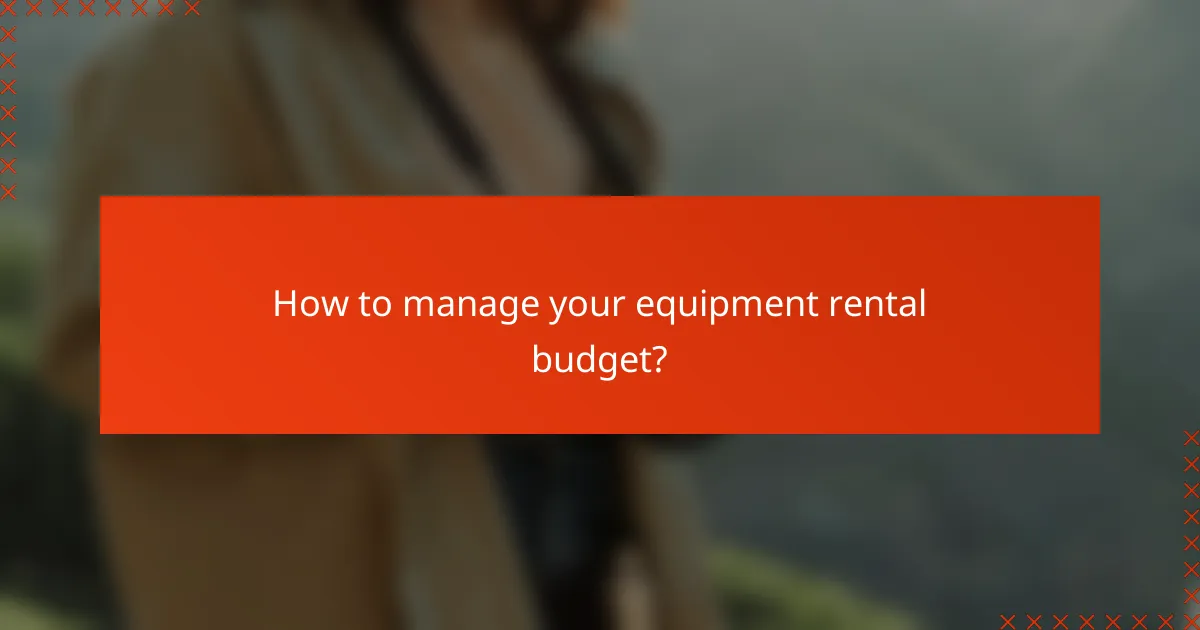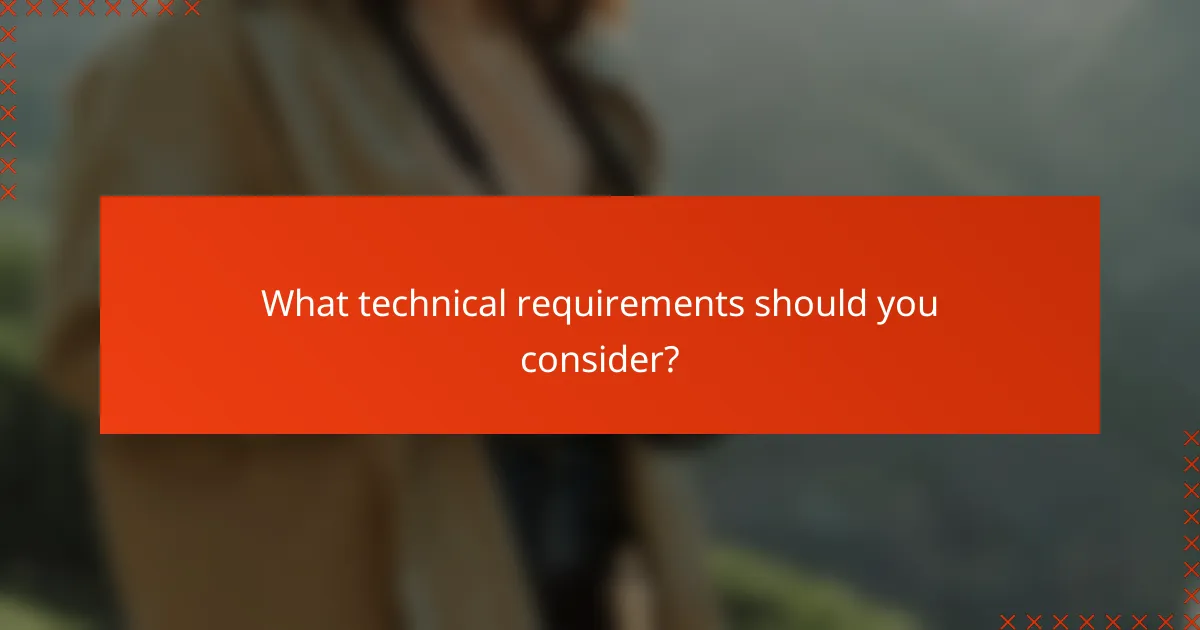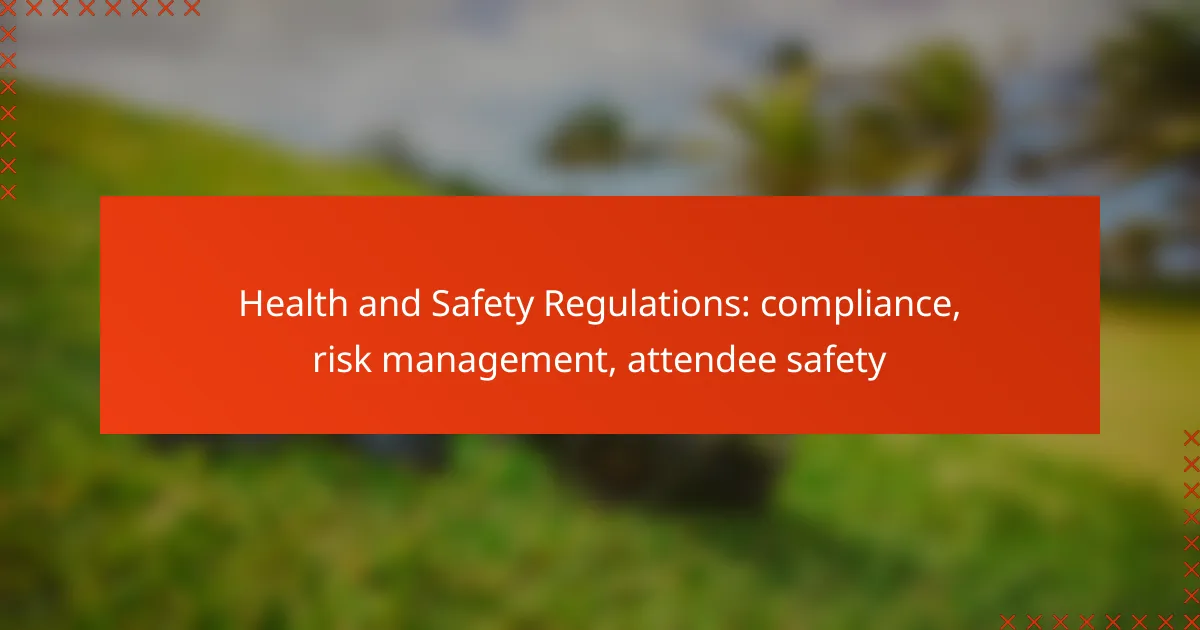Understanding equipment rental costs is essential for effective project management, as prices can vary widely based on equipment type and rental duration. By carefully evaluating technical requirements and implementing budget management strategies, you can optimize your rental expenses while ensuring quality and safety standards are met.

What are the average equipment rental costs in Australia?
The average equipment rental costs in Australia vary significantly based on the type of equipment and rental duration. Generally, daily rates can range from a few hundred to several thousand Australian dollars, while monthly rates often provide better value for longer projects.
Daily rental rates for construction equipment
Daily rental rates for construction equipment in Australia typically range from AUD 150 to AUD 1,500, depending on the machinery type. For example, a basic excavator might cost around AUD 300 per day, while larger machinery like bulldozers can exceed AUD 1,000 daily.
When renting construction equipment, consider the duration of your project. Many rental companies offer discounts for longer rental periods, which can significantly reduce your overall costs.
Monthly rental rates for event equipment
Monthly rental rates for event equipment, such as tents, sound systems, and lighting, can vary widely, often falling between AUD 500 and AUD 5,000. For instance, a large marquee might cost around AUD 1,200 per month, while high-quality audio-visual equipment can reach AUD 3,000 or more.
Choosing a monthly rental can be more economical for events lasting several weeks. Always compare packages from different suppliers to find the best deal that meets your needs.
Factors affecting rental prices
Several factors influence equipment rental prices in Australia, including equipment type, rental duration, and market demand. Seasonal fluctuations can also impact costs, particularly for event equipment during peak seasons.
Additionally, the condition and age of the equipment can affect pricing. Newer, well-maintained equipment may come at a premium, but it often results in better performance and reliability.

How to manage your equipment rental budget?
Managing your equipment rental budget involves setting clear financial limits, tracking expenses meticulously, and implementing cost-saving strategies. By understanding your needs and monitoring costs, you can ensure that your rental expenditures align with your overall project budget.
Setting a rental budget
To set a rental budget, start by assessing the scope of your project and identifying the specific equipment needed. Consider factors such as rental duration, delivery fees, and potential maintenance costs. A well-defined budget should encompass all expected expenses, typically ranging from a few hundred to several thousand dollars, depending on the equipment type and project scale.
Be realistic about your financial limits. It’s advisable to allocate around 10-20% of your total project budget for equipment rentals, allowing for flexibility in case of unexpected expenses. This approach helps prevent overspending and keeps your project on track.
Tracking rental expenses
Tracking rental expenses is essential for staying within your budget. Use a spreadsheet or budgeting software to record all rental transactions, including dates, costs, and any additional fees. Regularly updating this information will give you a clear picture of your spending and help identify any discrepancies.
Consider categorizing expenses by equipment type or project phase. This method allows you to see where most of your budget is allocated and make informed decisions about future rentals. Aim to review your expenses weekly or bi-weekly to stay on top of your financial commitments.
Cost-saving strategies
Implementing cost-saving strategies can significantly reduce your equipment rental expenses. Start by comparing rental prices from multiple suppliers to find the best deals. Look for discounts or package deals that may be available for long-term rentals or bulk orders.
Another effective strategy is to negotiate rental terms with suppliers. Many companies are open to discussing rates, especially for repeat customers or larger projects. Additionally, consider renting used or refurbished equipment, which can often be more affordable while still meeting your quality requirements.

What technical requirements should you consider?
When renting equipment, it’s crucial to evaluate the technical requirements that align with your project needs. This includes assessing compatibility, maintenance needs, and adherence to safety standards to ensure efficient and safe operations.
Equipment compatibility with projects
Compatibility between rented equipment and your project specifications is essential for successful outcomes. Ensure that the equipment meets the technical requirements of your tasks, such as power needs, size constraints, and operational capabilities.
For example, if you’re working on a construction site, verify that the machinery can handle the specific materials and conditions of your project. Using equipment that is not suited for your tasks can lead to inefficiencies and increased costs.
Maintenance and servicing needs
Understanding the maintenance and servicing requirements of rented equipment is vital for minimizing downtime. Some equipment may require regular checks or servicing, which can affect your project timeline and budget.
Before renting, inquire about the maintenance history and servicing options available. Choose equipment that has readily available support and parts, especially if your project is time-sensitive.
Safety standards and regulations
Compliance with safety standards and regulations is a non-negotiable aspect of equipment rental. Different regions may have specific regulations governing the use of machinery, which can impact your choice of equipment.
Familiarize yourself with local safety standards, such as OSHA regulations in the United States or EU directives in Europe. Ensure that the rented equipment meets these standards to avoid legal issues and ensure the safety of your team.

How to ensure quality in rented equipment?
To ensure quality in rented equipment, focus on assessing the condition of the items, selecting trustworthy rental companies, and thoroughly understanding rental agreements. These steps help mitigate risks and enhance the overall rental experience.
Evaluating equipment condition
Before renting equipment, inspect it for any signs of wear, damage, or malfunction. Look for issues such as rust, cracks, or missing parts, as these can affect performance and safety. If possible, request a demonstration to see the equipment in action.
Consider asking for maintenance records or service history to gauge how well the equipment has been cared for. A well-maintained piece of equipment is more likely to perform reliably during your rental period.
Choosing reputable rental companies
Selecting a reputable rental company is crucial for ensuring quality. Research companies by reading reviews and asking for recommendations from peers in your industry. Look for companies that have a solid track record and offer a wide range of well-maintained equipment.
Verify that the rental company is licensed and insured, which can protect you from liability in case of accidents. A good rental company will also provide clear communication and support throughout the rental process.
Understanding rental agreements
Carefully read the rental agreement before signing to understand your responsibilities and the terms of the rental. Pay attention to details such as rental duration, fees, and penalties for late returns or damages. Knowing these terms can help you avoid unexpected costs.
Ask questions about any clauses that are unclear, especially regarding maintenance responsibilities and liability for damages. A transparent agreement will help ensure a smooth rental experience and protect your interests.

What are the prerequisites for renting equipment?
Renting equipment typically requires specific documentation, insurance coverage, and a financial deposit. Understanding these prerequisites helps ensure a smooth rental process and avoids unexpected costs.
Documentation needed for rental
When renting equipment, you will generally need to provide identification, such as a driver’s license or passport, along with proof of address. Some rental companies may also require business documentation if you are renting for commercial purposes.
Additionally, a rental agreement outlining the terms and conditions will need to be signed. This document often includes details about the equipment, rental duration, and any fees associated with late returns or damages.
Insurance requirements
Most rental companies require renters to have insurance coverage for the equipment being rented. This can often be satisfied through personal or business insurance policies that cover equipment damage or loss.
If you do not have insurance, many rental companies offer rental insurance at an additional cost. This insurance typically covers accidental damage, theft, and liability, providing peace of mind during the rental period.
Deposit and payment methods
Renting equipment usually involves a security deposit, which can range from a few hundred to several thousand dollars, depending on the equipment’s value. This deposit is typically refunded upon the safe return of the equipment.
Payment methods vary by rental company but often include credit cards, debit cards, and sometimes cash. It’s advisable to check with the rental provider beforehand to ensure you have the accepted payment method ready.

What are the emerging trends in equipment rental?
Emerging trends in equipment rental focus on technology integration, sustainability, and flexible rental options. Companies are increasingly adopting digital platforms for seamless transactions, while also prioritizing eco-friendly practices and customizable rental agreements to meet diverse customer needs.
Technical requirements
Technical requirements for equipment rental are evolving with advancements in technology. Rental companies now utilize software solutions that streamline inventory management, customer interactions, and billing processes. These systems often require robust internet connectivity and compatibility with mobile devices to enhance user experience.
Additionally, equipment itself may come with specific technical needs, such as maintenance protocols or operational training for users. Understanding these requirements is crucial for both rental companies and customers to ensure safety and efficiency.
Budget management
Effective budget management in equipment rental involves careful planning and monitoring of costs. Customers should consider not only the rental fees but also associated expenses like delivery, maintenance, and insurance. Creating a detailed budget that accounts for these factors can help avoid unexpected financial burdens.
To manage budgets effectively, it’s advisable to compare rental rates from different providers and look for package deals that may offer better value. Setting a clear budget limit and sticking to it can prevent overspending and ensure that the rental process remains financially viable.
Quality considerations
Quality is a critical factor in equipment rental, as it directly impacts performance and safety. Customers should assess the condition of rental equipment, checking for any signs of wear or damage before use. Reliable rental companies typically provide well-maintained equipment and offer guarantees for performance.
It’s also beneficial to read reviews and seek recommendations when selecting a rental provider. Prioritizing quality over the lowest price can lead to better outcomes and reduce the risk of equipment failure during critical tasks.



